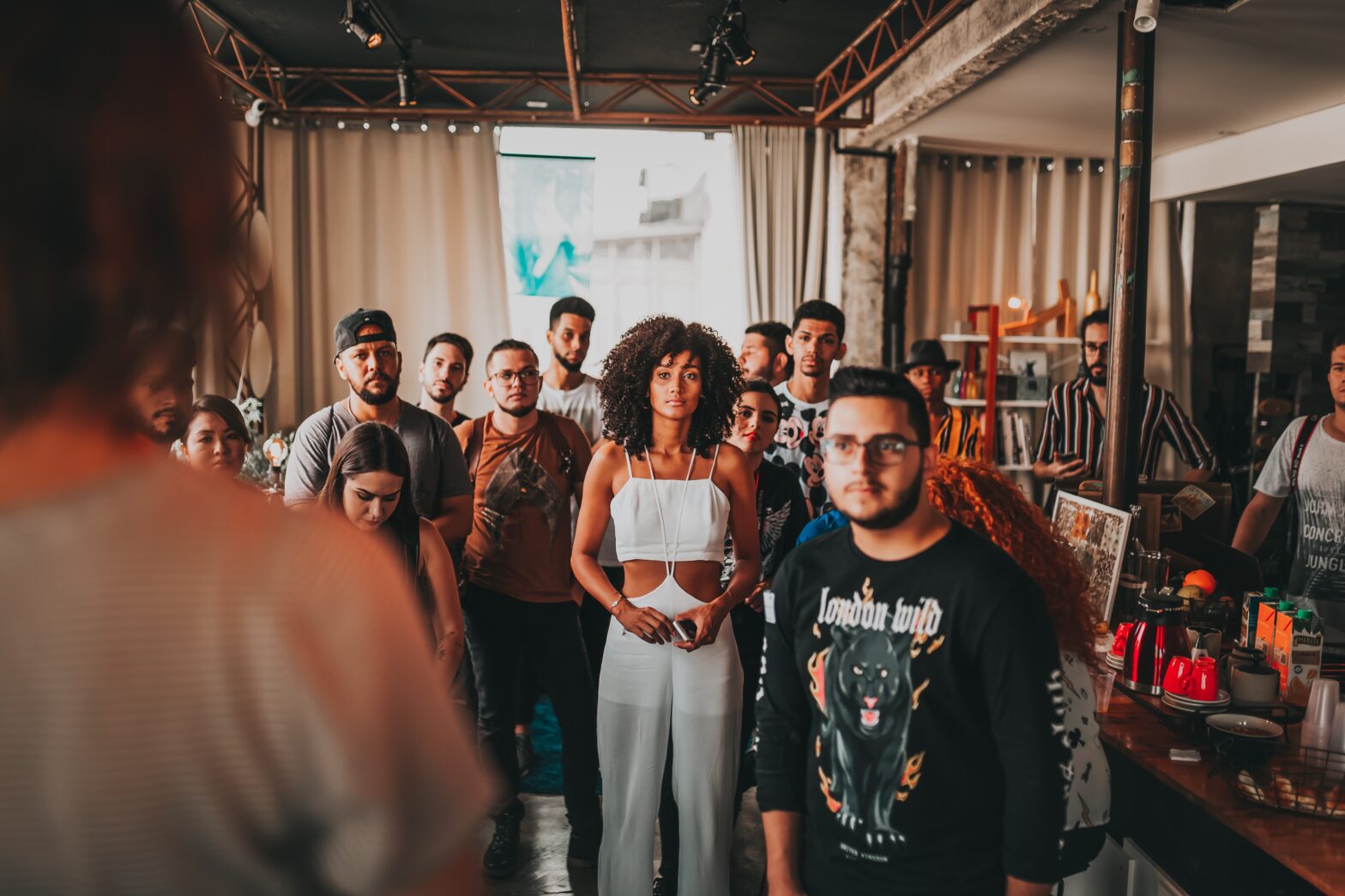When a project involves creative aspects but is also subject to numerous business limitations, why does achieving the desired outcome become so challenging? Ever thought, “Why won’t my director let me be more creative?”, or “Why won’t my designers just follow my orders?. Most likely, there’s a communication breakdown on expectations and long-term goals when it comes to a creative project.
Striking a balance between creative freedom and meeting business requirements can be challenging. On one hand, you want to create something that’s unique and innovative, while on the other hand, you need to deliver work that meets specific objectives and deadlines. I remember the past positions I have held as a Designer or Creative Director, and can count on one hand, how many of those positions knew how to strike this balance. By following a few tips, you can optimize creative freedom while meeting business requirements in a timely manner.
A great place to start is to clearly define the project goals and requirements through a briefing or discovery session. This involves understanding the needs of your client or business, including the audience you’re targeting, the message you want to convey, the story you want to tell, and the timeline for completion. With a clear understanding of the requirements, you can work within the parameters to create a product that meets the objectives while still allowing for creativity.
Collaborate with others. Since you’ve set the objectives and limitations beforehand, you can better justify your decisions, find a clear solution while bouncing thoughts and perspective with others. Working with a team can help you generate new ideas and perspectives, which can lead to more innovative solutions. It’s important to communicate with team members to ensure everyone is on the same page and to establish clear roles and responsibilities. Communication is a necessary element in collaboration. Whenever you provide a quick status update regarding your current progress and future plans, it can enhance your director’s or client’s sense of participation and engagement in the ultimate outcome. By increasing their involvement, they will feel as though they played a role in the project, resulting in a greater appreciation of the final product. The right type of collaboration will create a culture of “joint efforts”, and the probability of achieving success will increase.
Another crucial aspect of the design process is to take time for experimentation and iteration. While it’s important to meet deadlines, allowing time for experimentation and iteration can lead to more innovative and effective solutions. Going back to communication, designers, directors, and client’s, where applicable, must manage expectations and take time to explore different ideas, techniques, and approaches, and don’t be afraid to pivot if something isn’t working. Planning up front, giving yourself and your team time to think, ideate, and plan will only help in the end.
I have yet to work on a project that took these approaches and told myself in the end, “I regret slowing down to speed up. I regret thinking this through ahead of time…” These mentioned steps can lead to more creative solutions that meet business requirements in a timely manner.
By clearly defining project goals, collaborating with others, and allowing time for experimentation and iteration, you can optimize creative freedom while meeting business requirements in a timely manner. Balancing creative freedom and business requirements is a challenging but essential part of creative work, and by following these tips, you can find the right balance to deliver effective and innovative solutions. Ultimately, boundaries are necessary to experience a sense of freedom while working on a design project, and trust and creative freedom can be established through effective communication and well-defined expectations in projects that involve creativity. That to me, sounds like teamwork.
In the end, job satisfaction, optimized and efficient teamwork, and successful creative project launches and outcomes are some of the many achievements every team wants associated with them. It’s time creative teams truly enjoyed their work, and had fun doing it again, across the board.

